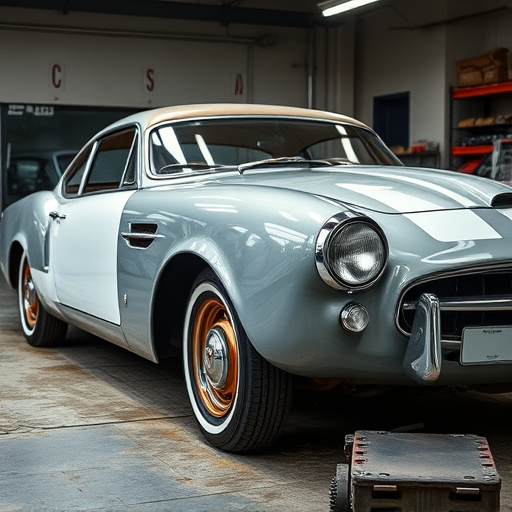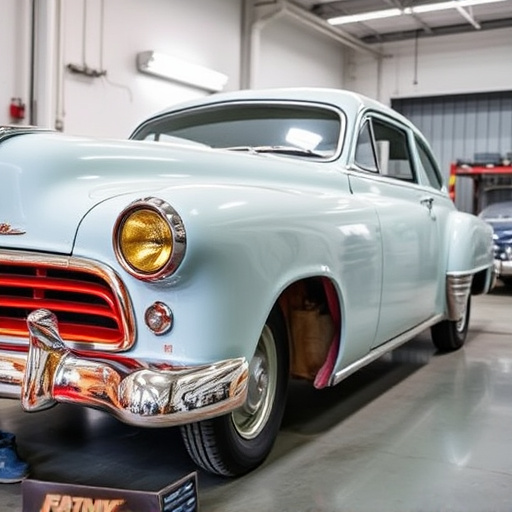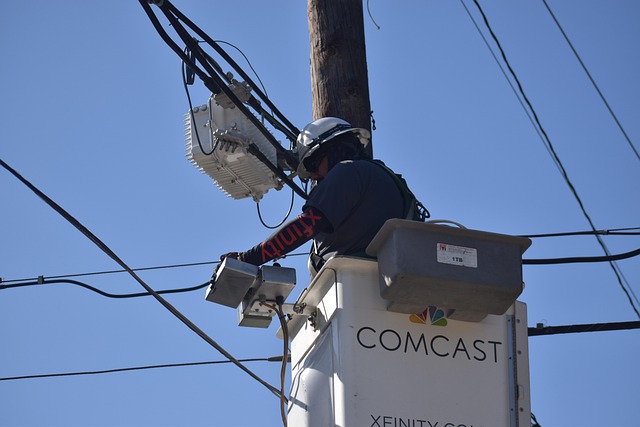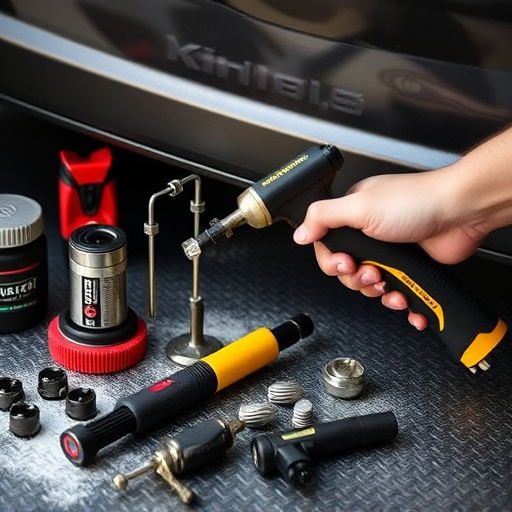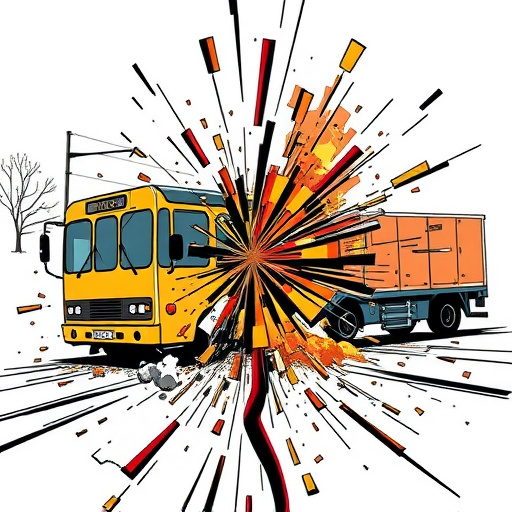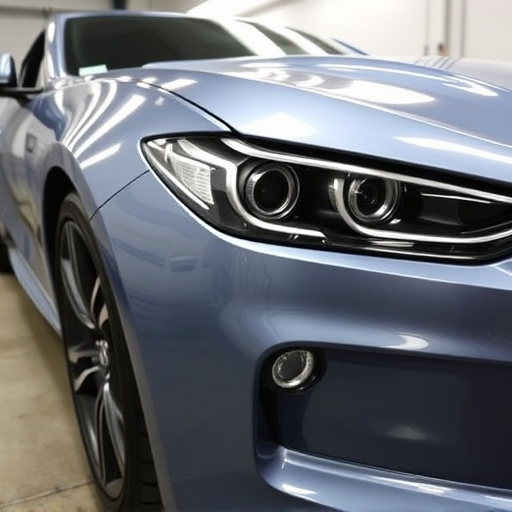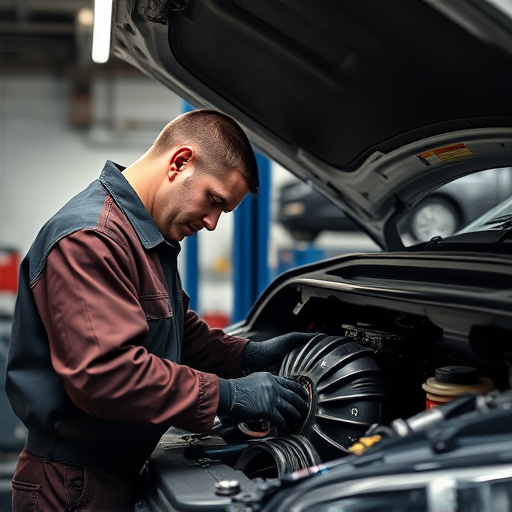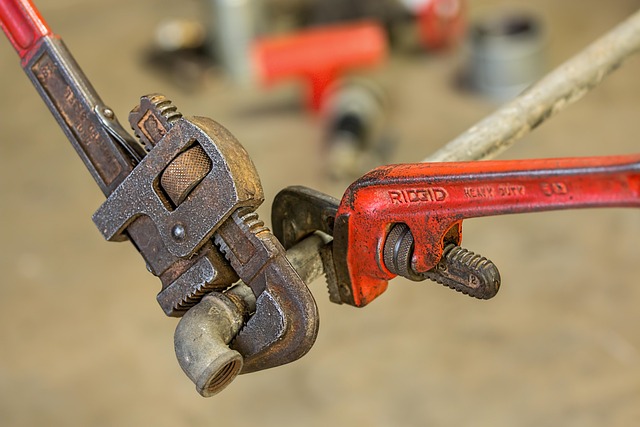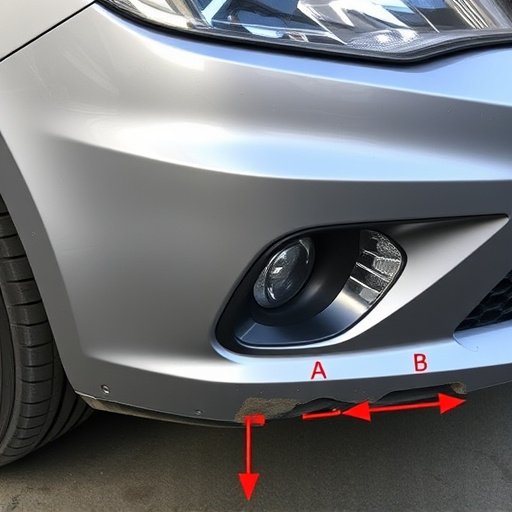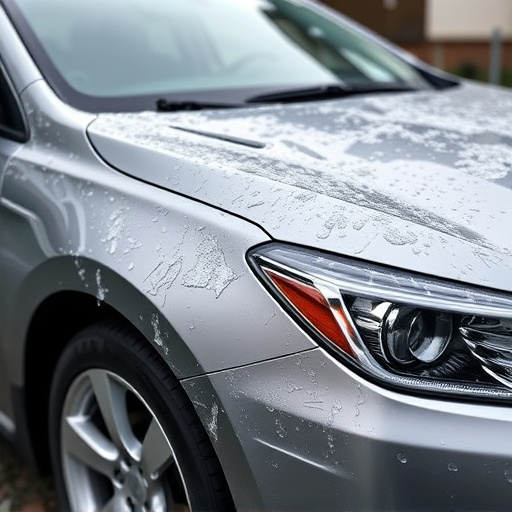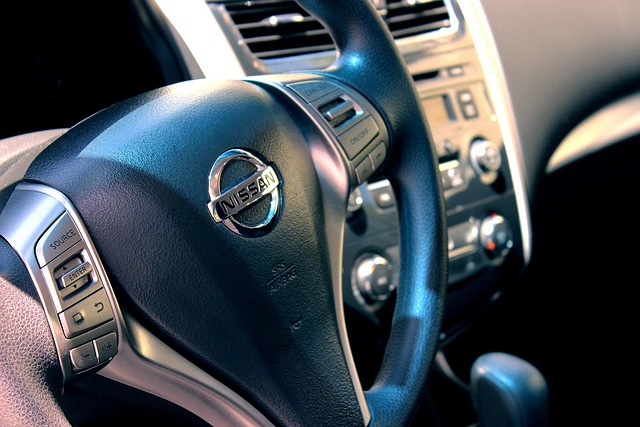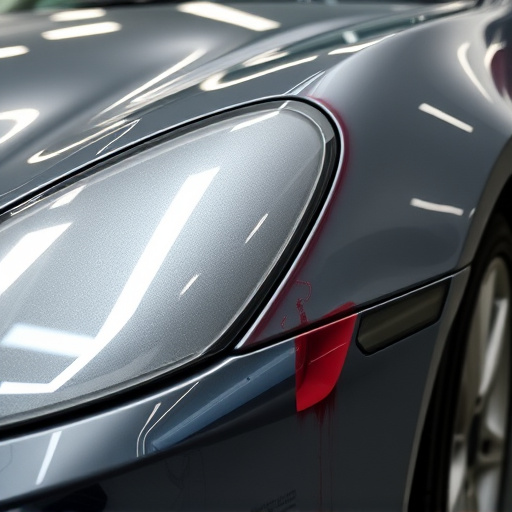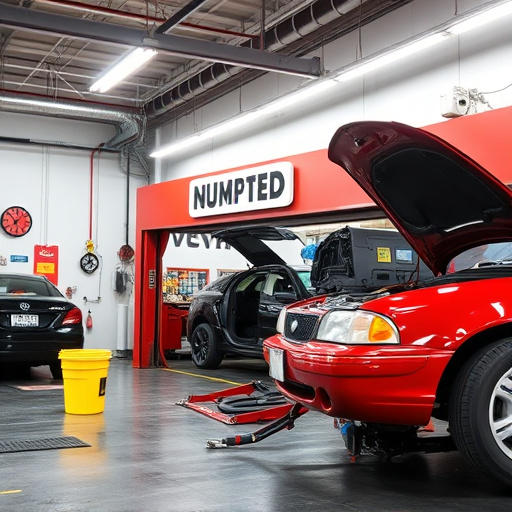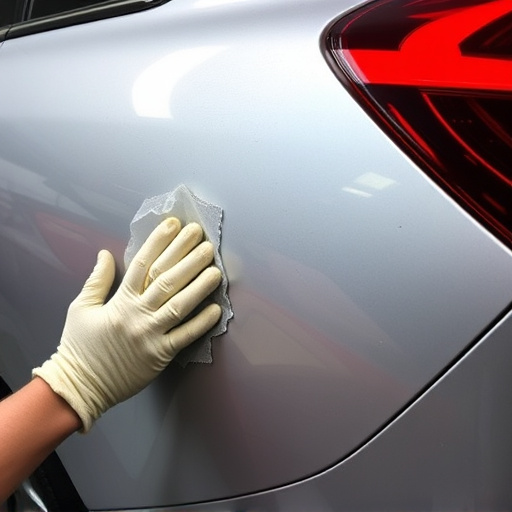PDR (Paintless Dent Repair) is an innovative, cost-effective solution for hail damage on vehicles, avoiding traditional painting or extensive bodywork. Trained technicians use specialized tools to gently reshape metal, correcting dents and dings without disturbing the original paint. This method preserves the vehicle's factory finish, offers quick turnaround times, and can handle various dent sizes, making it ideal for premium brands like Mercedes-Benz. PDR for hail damage provides a superior, eco-friendly alternative to conventional body shop repairs.
“Uncovering the secrets of PDR (Paintless Damage Repair) for hail damage, a game-changer in the automotive restoration arena. This comprehensive guide aims to demystify the process and its advantages. Hail can leave unsightly marks on your vehicle’s exterior, but PDR offers a cost-effective solution without extensive repainting. We’ll explore how this technique repairs dings and dents, step by step, ensuring a seamless finish. Furthermore, we’ll dispel common myths, highlighting the benefits of choosing PDR for hail damage repair, making informed decisions easier.”
- What is PDR and How Does it Address Hail Damage?
- The Step-by-Step Process of PDR for Hail Damage Repair
- Benefits and Common Misconceptions About PDR for Hail Damage Claims
What is PDR and How Does it Address Hail Damage?

PDR, or Paintless Dent Repair, is a revolutionary method for repairing hail damage on vehicles without the need for traditional painting or extensive bodywork. This advanced technique has gained immense popularity among car owners and vehicle repair services due to its efficiency, cost-effectiveness, and minimal impact on the car body’s original finish. By utilizing specialized tools and trained technicians, PDR expertly addresses dents, dings, and creases caused by hail storms, restoring cars to their pre-damaged condition.
The process involves gently pushing and pulling the dented area back into its original shape, utilizing a series of precise tools that allow for detailed adjustments. This method is particularly effective for shallow dents and can often restore cars to near-perfect condition, preserving the vehicle’s value and aesthetics. PDR for hail damage offers a fast, eco-friendly, and cost-efficient solution compared to traditional bodywork, making it an attractive option for car owners seeking quick and reliable vehicle repair services while maintaining the integrity of their car bodywork services.
The Step-by-Step Process of PDR for Hail Damage Repair
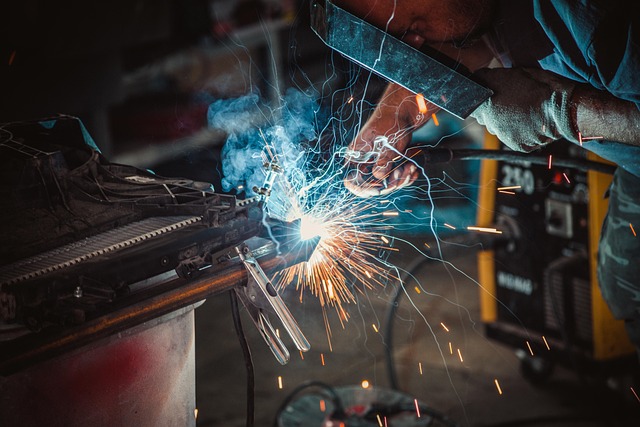
The process of PDR (Paintless Damage Repair) for hail damage is a meticulous art that expertly restores vehicles to their pre-damaged condition. It begins with an inspection where technicians carefully assess each dent and crack, determining the best course of action. Using specialized tools, they then gently work on shaping the metal back to its original form without disturbing the paint. This step-by-step approach ensures minimal disruption, preserving the vehicle’s aesthetics.
The technician employs precise techniques to release the air trapped beneath the paint, allowing them to push out the dented area until it’s flush with the surrounding panel. Once the damage is corrected, a fine finish is applied to match the vehicle’s original color perfectly. This meticulous process is especially beneficial for Mercedes-Benz repairs or any high-end automotive body shop work, ensuring that every detail is considered and restored.
Benefits and Common Misconceptions About PDR for Hail Damage Claims

PDR for hail damage claims offers several significant advantages that often go unnoticed. Not only is it a cost-effective solution, but it also retains the vehicle’s original factory finish, ensuring better resale value. This non-invasive technique preserves the car’s aesthetics while repairing dents, making it particularly appealing to those who prioritize appearance. Moreover, PDR can be completed quickly, allowing vehicle owners to get back on the road faster compared to traditional repair methods.
Despite these benefits, there are common misconceptions surrounding PDR for hail damage. One misconception is that it’s only suitable for minor dents, but in reality, PDR can handle a range of dent sizes and shapes. Additionally, some mistakenly believe that PDR will leave visible repair marks, ignoring the advanced techniques used today that ensure seamless results. With modern car manufacturers setting high standards, even complex hail damage can be restored to near-original condition using professional PDR services, often at a fraction of the cost of traditional body shop repairs, including those for premium brands like Mercedes Benz and their meticulous car paint services.
PDR for hail damage is a highly effective and efficient solution, offering numerous benefits such as minimal repair time, cost-effectiveness, and preservation of vehicle value. By understanding the simple step-by-step process and setting aside misconceptions, you can confidently choose PDR as a reliable method for repairing your hail-damaged vehicle. This cost-efficient approach ensures your car looks like new with minimal environmental impact.
